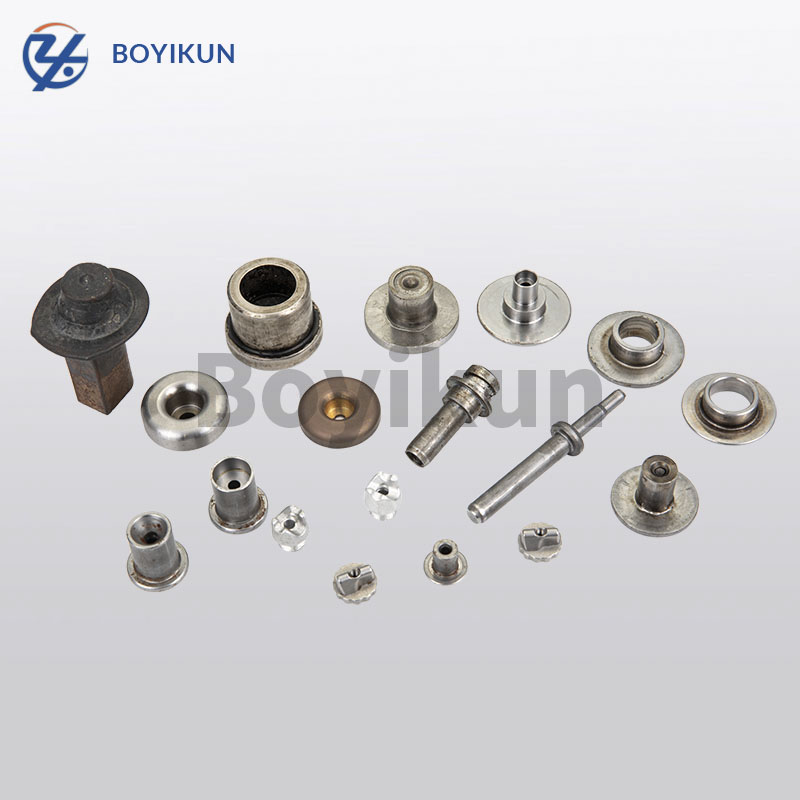CNC machining is not only used for large-volume parts p...
CNC machining is not only used for large-volume parts processing, but also small-batch parts and high-precision parts processing. CNC machining has good flexibility and high degree of automation. It is especially suitable for processing curved and curved parts with complex shapes, as well as messy boxes and prismatic parts with many holes and grooves. In the case of various types and small batch production, CNC machining is used. Can achieve higher economic benefits.
The processing of CNC machining process problems is basically the same as that of ordinary machining, but it has its own characteristics. Therefore, when designing the CNC machining process of parts, it is necessary to follow the CNC machining with good flexibility and high degree of automation, which is especially suitable for processing curved and curved parts with complex shapes, as well as complex boxes with many holes and grooves, prism parts. , In the case of various types and small batch production, the use of CNC machine tools can achieve higher economic benefits.
Confirmation of tool setting point and tool change point in
cnc machining parts. The tool setting point is the starting point of the movement of the tool relative to the workpiece during CNC machining. Since the program is also executed from this point, the tool setting point is also called the program start point or the tool start point. When programming, the selection of the orientation of the tool setting point should be considered first.
When the machining accuracy requirement is not high, some surfaces on the workpiece or fixture can be used directly as the tool face; when the machining accuracy requirement is high, the tool setting point should be selected as far as possible on the design basis or process basis of the part, such as hole positioning. It is more appropriate to take the axis of the hole as the tool setting point.
The tool setting point must have a certain coordinate relationship with the positioning reference of the workpiece, so as to confirm the relationship between the machine tool standard system and the workpiece coordinate system. The selection of tool setting points should facilitate the calculation of coordinate values and facilitate tool setting.
When setting the tool, the tool setting point should be coincident with the tool position point. The so-called tool position point, about the flat-bottomed end mill, refers to the intersection of the tool axis and the bottom surface of the tool; about the ball end mill, it refers to the ball center of the ball part; about the turning tool, it refers to the tool tip; The wire electrode cutting machine refers to the focus of the wire electrode axis and the part surface.

